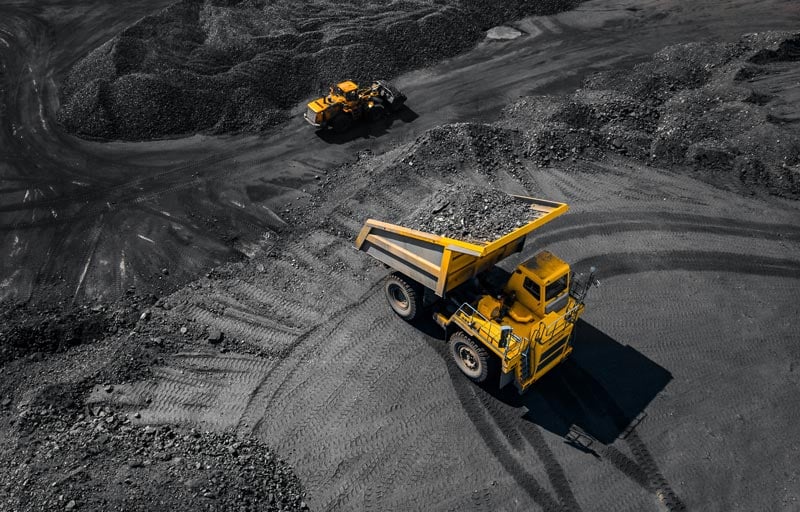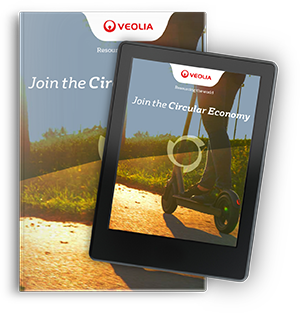A circular economy is a fundamentally different way of approaching products and resources. By becoming more efficient and focusing on gaining the most value possible from goods, resources, and “waste,” we can assure a more sustainable future and reduce the exploitation of our limited resources.
This blog post is the first of several to explain the various business models that provide ways of expanding the circular economy when we encourage businesses to reduce, reuse and recycle waste in new and innovative ways. This blog will focus on the first model: Product as a Service.
Are we living in the past?
Many of the structures that have evolved for creating products have become outdated, as we recognize that resources are finite, and we need to identify ways of reusing and recycling products and their components. Our overall business models haven’t changed significantly since manufacturing processes originally developed and expanded. It’s time to make those changes now.
We’ve become more efficient, products have improved, goods have become cheaper, but the fundamental practices have remained the same. Even in 2020, most companies operate within a take, make, waste production framework: we collect raw materials, transform them into products, then use the products until they are discarded as waste.
The original manufacturer isn’t concerned with what happens to their products after they are sold, and any residual value remaining once they are discarded simply goes to waste. Business owners and employees have become used to putting the economics of production first. But is making, using, discarding the most cost effective way of producing goods?
It’s time to ask whether there are other ways to organize production, waste disposal, and entire businesses, so that we can avoid unnecessary waste and focus on reusing any resources until they are truly spent to obtain the full value of all of our resources.
Let's take a look at how the Product as a Service business model can help us think differently about our waste.
What is the Product as a Service business model?
We have traditionally focused on selling the maximum number of products. The Product as a Service business model provides the same products to the maximum amount of people, over and over again.
This model is an alternative to the established “buy and own” approach and includes leasing, renting, or pay-for-use agreements. It allows customers to purchase a service or desired result, rather than buying the product itself.

Why you should care
The Earth’s resources are finite. As those resources become closer and closer to running out, they become more and more expensive to obtain. Transitioning to a Product as a Service model is one way that businesses can shield themselves from rising costs and difficulties of producing an endless stream of new products.
By reducing quantity and increasing quality, products last longer and are used by more people, allowing a company’s original investment in materials to go much further. Additionally, Product as Service delivers a consistent revenue stream because companies can keep a single product in circulation and “sell” their goods over and over again.
What are some examples?
The Product as a Service model exists all around us already. Think about any time you pay to use a product instead of buying the product itself. Some examples include:
- Leasing or renting a car
- Renting tools for a defined period of time
- Companies’ leasing printers and copiers
In each of these examples, a business is selling services or outcomes instead of an actual product. They’re not selling a car; they’re selling transportation services. They’re not selling you a power washer; they’re selling you a clean deck. They’re not selling you a copier; they’re selling you the copies themselves. The company that would have normally sold you a product is now selling you access to it, while maintaining ultimate responsibility for it.

What are some benefits?
Implementing a Product as a Service business model creates some key advantages for customers, businesses, and society as a whole.
- Customers —The primary benefits to customers are that they don’t need to purchase and maintain expensive products or appliances, and they have access to a wider range of choices for the value they receive. For example, a subscription could assure certain outcomes, such as guaranteed hours of uptime, or include specific maintenance and repair services, if the customer thinks that benefit is valuable.
- Businesses —The model increases profitability because it decreases the cost of production. Fewer products need to be produced, but the products that are produced are used over and over again, providing a constant revenue stream instead of a one time sale.
- Everyone —Under this model, the resources that go into products are better employed because the products themselves are used optimally. They are used when they are actually needed, rather than sitting idle and waiting for sporadic usage by one owner. The result is that the demand for the new products is reduced, lowering our dependence on the Earth’s limited resources.
The circular way forward for your business
It’s imperative that we all work together to determine the best ways of developing solutions for our current more wasteful approaches to using products. We need to create ways to reduce or eliminate our dependence on virgin resources that become our standard ways of operating going forward, to reduce concerns about resources disappearing or becoming prohibitively expensive.
For any business we all need to look at new approaches and take steps to implement a circular business model. If your business manufactures goods that could be rented or paid for per use, then developing a Product as a Service model might be the answer.



